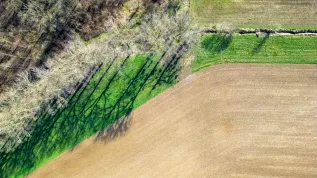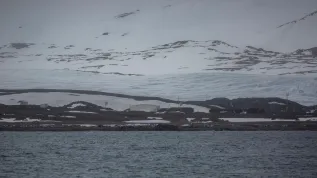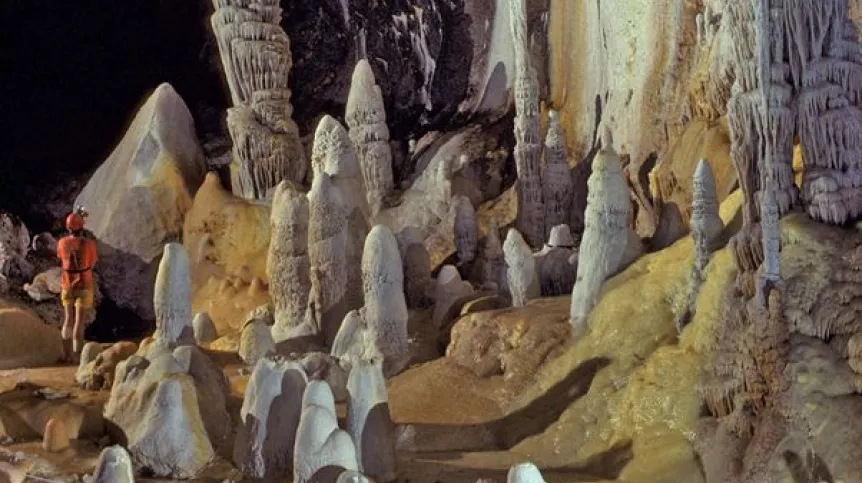
The shapes of stalagmites, upward-growing rock formations in caves, depend on the conditions in which they formed, and a single mathematical formula can describe these shapes, researchers say.
Stalagmites are columns of calcium carbonate that form at the bottom of caves as mineral-rich water drips onto them over hundreds to tens of thousands of years.
Formations that grow downward from the ceiling are called stalactites. When a stalactite connects with a stalagmite, the resulting formation is a stalagnate.
The formations vary in shape, from slender to squat, with tops that are flat, columnar (rounded but slightly flattened), or conical (pointed).
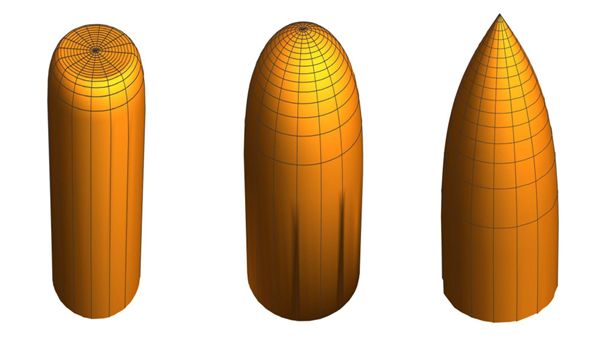
"We have formulated a theory that shows the conditions in which stalagmites of a specific shape form," said Professor Piotr Szymczak from the University of Warsaw and first author of the study published in PNAS.
The shape does not depend on initial conditions, such as the topography of the cave floor. Instead, it is determined by several physical quantities combined into a single parameter, the Damköhler number, which includes the frequency of water dripping onto the tip and the distance of the tip from the ceiling.
By changing this parameter, researchers can recreate the variety of shapes seen in nature.
Szymczak explained that when a drop falls from a great height, turbulent airflow causes it to hit slightly different spots each time, similar to the bullets of an inexperienced shooter aiming at a target.
Falling from a height also causes splashing, spreading material over a larger area.
“That is why low, young stalagmites often have characteristic, flat-topped tops. As the stalagmite grows, the droplets falling onto it have a shorter path and strike more precisely, hitting a single point, with less splashing,” Szymczak said. “Then, the stalagmite begins to take on the form of a column or cone.
“You could say we have given geologists a cheat sheet for ideal stalagmite shapes. Thanks to this, by analysing the stalagmite's shape alone, they will be able to reconstruct the past of the cave they are studying and, for example, estimate how intensely water dripped in a given spot,” he added.
The team assumed the “Platonic ideality” of a stalagmite, meaning it reaches a stable shape over time. "With this assumption, the complex growth equations are radically simplified, allowing us to derive a formula for the ideal stalagmite shape," Szymczak said.
Stalagmites also act as natural climate archives. Researchers say shape affects how environmental signals are distributed, which can improve interpretations of past climate.
"Our research has shown that the shape of a stalagmite is crucial for reading data: signal profiles will look different in a columnar stalagmite than in a flat one. This knowledge will facilitate more precise climate reconstruction," Szymczak said.
The findings could also help map water flow in karst rocks.
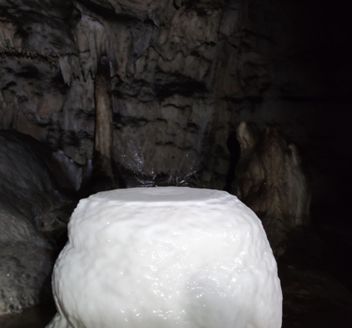
"As a physicist, I am fascinated by the connection between shape and the process that leads to its formation," he said.
"It is worth looking not only at stalagmites this way, but also at dunes, river meanders, and icicles, and trying to understand the process that created them. It is a small but beautiful philosophical trait that reveals itself in science," he concluded.
PAP - Science in Poland, Ludwika Tomala (PAP)
lt/ bar/ amac/
tr. RL
Gallery (1 image)
-
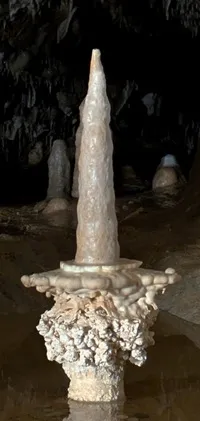 1/1Conical stalagmite, Sloupsko-šošůvské Caves, Czechia – one of the three ideal shapes described by the growth model. Credit: Piotr Szymczak
1/1Conical stalagmite, Sloupsko-šošůvské Caves, Czechia – one of the three ideal shapes described by the growth model. Credit: Piotr Szymczak

